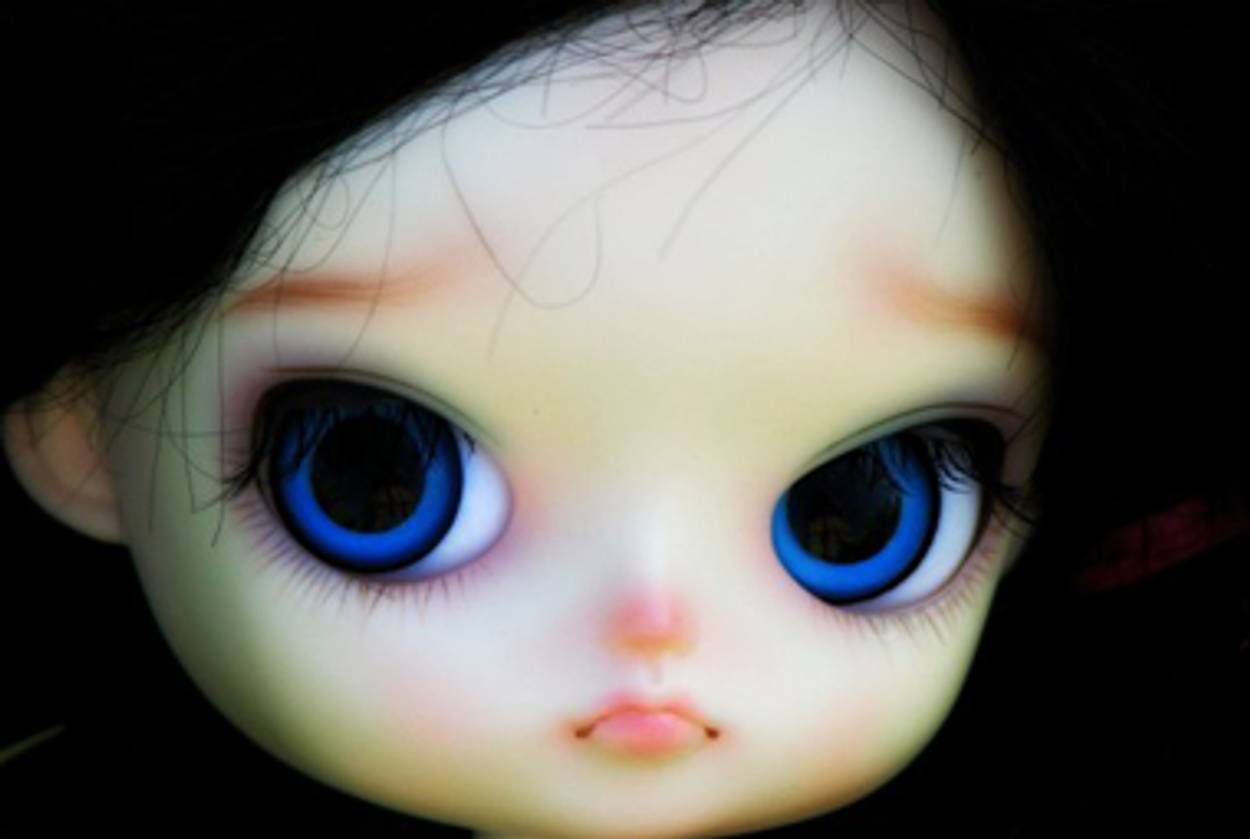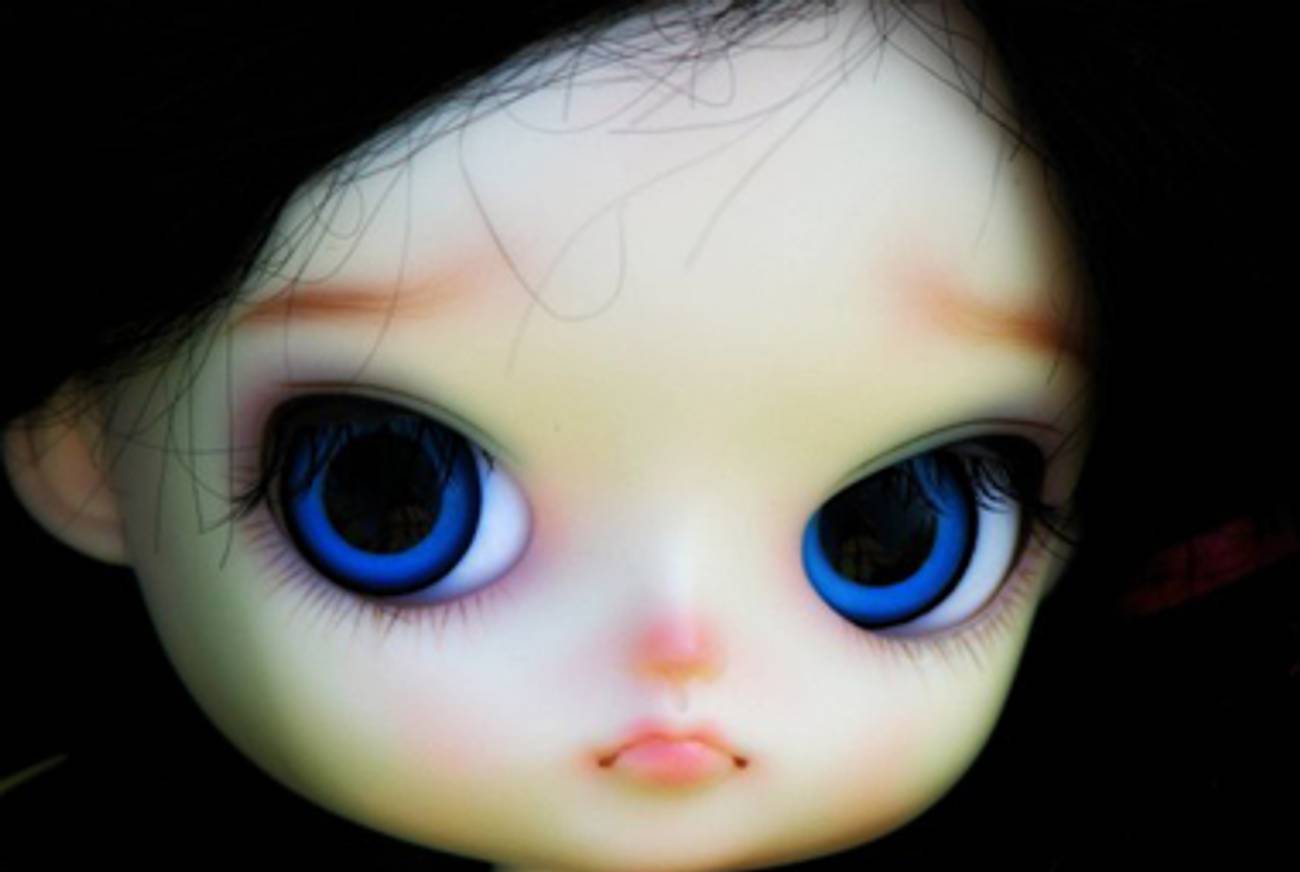Cutting Close
Tween star Demi Lovato’s recent admission that she’d engaged in self-harm casts light on what may be growing problem—both in the culture at large and among Jewish girls




A few weeks ago, the Disney tween star Demi Lovato—freshly out of rehab—told People magazine about her history of eating disorders and cutting herself. At 12, she heard a group of other girls calling her fat, so she dieted to the point of obsession. At 15, she turned to bulimia and slashing her body. Fans and gossip blogs began spotting scars on her wrists and forearms, so her publicists issued a statement blaming silicone bracelets. To tweens and teenagers, the denial was laughable. Everyone knows what cutting looks like.
“I do think cutting’s becoming more prevalent,” said therapist Jean Kunhardt, director of the Soho Parenting Center (and granddaughter of Dorothy Kunhardt, author of Pat the Bunny). “It’s a little faddish, almost a norm, like trying a cigarette or a drink. Most kids don’t keep doing it, but for some, it becomes ritualized behavior. It’s usually a kid who feels desperate, depressed, angry, and without an outlet for that anger—cutting can be a way to numb bad feelings socially, academically, or at home.” Cutting helps girls who feel agitated or deadened feel a rush. “And it creates a wound they can tend, as opposed to a psychic wound they don’t know how to deal with,” says Kunhardt. “And then there’s the fall. And they need to do it again.”
Lovato told People that she was influenced by the media. “I saw it only on TV, and I wondered what it would feel like,” she said. “Later, for me, it was a way of relieving pressure when I was stressed and had anxiety. When someone sees it, it’s terrifying, so I started doing it in areas where no one can see.”
Cutters aren’t drama queens making lame suicide attempts. They’re generally not suicidal at all, but still, they’re in genuine pain. Self-harm (the psychiatric term for this behavior) usually involves cutting—mostly stabbing or slicing the skin with a sharp object—but can also include self-burning and hair-pulling. It’s listed in the Diagnostic and Statistical Manual of Mental Disorders as a symptom of borderline personality disorder, but it’s also associated with anorexia and bulimia—some sources say that 35 to 80 percent of all cutters also have eating disorders—as well as depression and anxiety. It’s most common in adolescence, but it can also plague adults. (Animals kept in zoos and cages sometimes self-injure as well.) In the United States, according to one study, up to 15 percent of teenagers and 4 percent of adults chronically self-harm.
“In my experience, cutters are 85 percent girls,” says Steven Levenkron, an New York psychotherapist and author of Cutting: Understanding and Overcoming Self-Mutilation (as well as of The Best Little Girl in the World, which became a TV movie about anorexia starring Jennifer Jason Leigh that was the a touchstone for anyone who came of age in the early ’80s). “Most are delicate cutters—they don’t need stitches. Gross cutters, who go down to an artery, tend to be males. Girls tend to make 3-inch cuts, first in the forearms, then the stomach and breasts and thighs, where it doesn’t show. It’s a ritual.” Why? Because it immediately makes the cutter feel better. “It gets rid of anxiety and depression for two, two and a half hours,” Levenkron says. “Sometimes they make what I call a ‘whoops cut’ and wind up in the hospital having cut a tendon, but usually when they’re finished they put peroxide on it and bandage it up.”
And yes, this is a problem in the Jewish community. There’s little empirical data on Jews and cutting, but anecdotally, therapists in Jewish communities tell me they see many Jewish teenagers who engage in the practice. “If I were looking for Jewish traits among cutters, I’d say that shame is one of them,” says Levenkon. “How can they tell their parents they do bad things to themselves when they’re supposed to strive to marry the accountant or the lawyer and he won’t think they’re pretty if they have scars all over their skin?” Perfectionism, endemic to high-achieving acculturated Jews and ultra-Orthodox Jews alike, can also trigger cutting.
In Prozac Nation, our foremost first-person chronicler of Jewish female mental illness, Elizabeth Wurtzel wrote about cutting herself while a student at the Modern Orthodox Ramaz Day School:
I took my keys out of my knapsack. On the chain was a sharp nail clipper, which had a nail file attached to it. I rolled down my knee socks (we were required to wear skirts to school) and looked at my bare white legs. I hadn’t really started shaving yet, only from time to time because my mother considered me too young, and I looked at the delicate peach fuzz, still soft and untainted. A perfect, clean canvas. So I took the nail file, found its sharp edge, and ran it across my lower leg, watching a red line of blood appear across my skin. … I did not, you see, want to kill myself. Not at that time, anyway. But I wanted to know that if need be, if the desperation got so terribly bad, I could inflict harm on my body. And I could. Knowing this gave me a sense of peace and power, so I started cutting up my legs all the time. Hiding the scars from my mother became a sport of its own. I collected razor blades, I bought a Swiss Army knife, I became fascinated with different kinds of sharp edges and the different cutting sensations they produced. I tried out different shapes—squares, triangles, pentagons, even an awkwardly carved heart, with a stab wound at its center, wanting to see if it hurt the way a real broken heart could hurt. I was amazed and pleased to find that it didn’t.
Wurtzel cut herself to soothe herself. It sounds paradoxical, but that’s true for most cutters. It’s hard growing up in a culture so focused on the body and the taming thereof. As Jews, we’re surrounded by food in all our ritual celebrations, but we’re supposed to be slender and gorgeous. Our texts talk about the soul, but our here-and-now world talks constantly about the body. Girls feel a huge amount of pressure to be all things, to please others, to get into a good college. And when they can’t express all that roiling emotion and anxiety, some let it out (in the words of one classic on self-harm), a bright red scream.
Unlike eating disorders, cutting is wrongly considered goyish because it’s so violent. (It’s mentioned in Leviticus in reference to the priests of Baal “cutting themselves with blades until blood flowed.”) Our prohibition against tattoos also covers scarification: “You shall not make any cuts on your body for the dead or tattoo yourselves: I am the Lord.” To cut oneself is the ultimate transgression of the commandment of shmirat haguf (guarding the body). If your body is a gift from God, and you’re made in the divine image, how dare you slice it up? It doesn’t belong to you!
That, of course, is the problem. Girls feel alienated from their own bodies. Yet anti-depressants and cognitive behavioral therapy have been shown to be very effective, if only the girl is willing to seek help (or someone close to her gently leads her to it). “Anorexia is very hard to cure, but with self-mutilation, I can generally get girls to quit in a year,” says Levenkon. “What I do is teach them a language for reflection, so that they learn to recognize ‘anxious,’ ‘depressed,’ ‘lonely,’ and can start to substitute language for cutting.”
No one should have to hurt herself in order to feel.
Marjorie Ingall is a columnist for Tablet Magazine, and author of Mamaleh Knows Best: What Jewish Mothers Do to Raise Successful, Creative, Empathetic, Independent Children.
Marjorie Ingall is a former columnist for Tablet, the author of Mamaleh Knows Best, and a frequent contributor to the New York Times Book Review.